Author: Steve Thanos
Oats are a cereal grain that have been used in the production of beer for centuries, with some historical evidence suggesting it was the primary source of fermentables during the Middle Ages. While barley reigns supreme these days, many modern brewers rely on oats as a means of enhancing body and mouthfeel, improving foam quality, and for those who appreciate it, contributing to a beer’s hazy appearance.
Compared to barley, oats possess a higher concentration of beta glucans and proteins, which are responsible for increased viscosity and haze, respectively. Moreover, while there are malted oat products, brewers typically prefer using unmalted oats, which come in various forms, with flaked oats being the most common. As far as usage rates, it’s commonly recommend to keep flaked at around 10 – 25% of the grainbill, though some push this up to 30% or higher for styles like Oatmeal Stout and Hazy IPA.
In the 11 years I’ve been brewing, I’ve used flaked oats in several different styles under the belief it was positively contributing to body, mouthfeel, and head retention. However, having produced many batches with seemingly similar organoleptic qualities, as well as learning that flaked oats can actually negatively impact foam, I was curious to more clearly understand the effect it has on beer and designed an xBmt to test it out!
| PURPOSE |
To evaluate the differences between a Blonde Ale made with 16% flaked and the same beer made with additional base malt in place of flaked oats.
| METHODS |
Wanting any impact of the variable to be on full display, I went with a simple Blonde Ale recipe for this xBmt.
Copious Free Time
Recipe Details
| Batch Size | Boil Time | IBU | SRM | Est. OG | Est. FG | ABV |
|---|---|---|---|---|---|---|
| 5.5 gal | 60 min | 26.4 | 5.1 SRM | 1.048 | 1.017 | 4.07 % |
| Actuals | 1.048 | 1.017 | 4.07 % | |||
Fermentables
| Name | Amount | % |
|---|---|---|
| Pale 2-Row Malt | 8 lbs | 84.21 |
| Flaked Oats | 1.5 lbs | 15.79 |
Hops
| Name | Amount | Time | Use | Form | Alpha % |
|---|---|---|---|---|---|
| Simcoe | 10 g | 60 min | Boil | Pellet | 13 |
| Nectaron | 28 g | 5 min | Boil | Pellet | 14.6 |
Yeast
| Name | Lab | Attenuation | Temperature |
|---|---|---|---|
| Darkness (A10) | Imperial Yeast | 75% | 32°F - 32°F |
Notes
| Water Profile: Ca 36 | Mg 12 | Na 9 | SO4 27 | Cl 17 |
Download
| Download this recipe's BeerXML file |
After collecting 2 sets of water and lighting the flame to get them heating up, I weighed out and milled the grains.
Once the water for each batch was adequately heated, I incorporated the grains then checked to make sure they were at the same target mash temperature.
While the mashes were resting, I prepared the kettle hop additions.
Once each 60 minute mash was complete, I quickly chilled the worts then took refractometer readings showing a small difference in OG.

With the worts at my desired fermentation temperature of 66°F/19°C, I pitched a pouch of Imperial Yeast A10 Darkness into each.
With signs of fermentation activity absent after 2 weeks, I took hydrometer measurements showing the beer made without oats finished slightly lower than the one made with oats.

At this point, I transferred the beers to CO2 purged kegs and placed them on gas in my keezer where they were left to condition for a week before they were ready to serve.
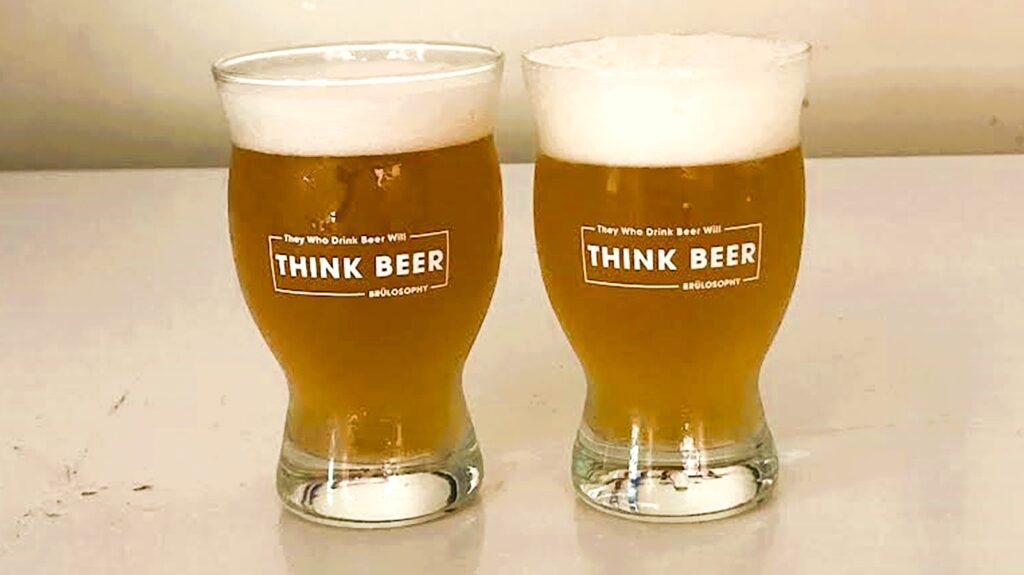
| RESULTS |
A total of 24 people of varying levels of experience participated in this xBmt. Each participant was served 1 sample of the beer made with flaked oats and 2 samples of the beer made without flaked oats in different colored opaque cups then asked to identify the unique sample. While 13 tasters (p<0.05) would have had to accurately identify the unique sample in order to reach statistical significance, only 10 did (p=0.25), indicating participants in this xBmt were unable to reliably distinguish a Blonde Ale made with 16% flaked oats from one made without flaked oats.
My Impressions: Out of the 5 semi-blind triangle tests I attempted, I correctly identified the odd-beer-out just once, though that was admittedly a lucky guess. These beers were perceptibly identical to me, even in terms of appearance, which I didn’t expect. Interestingly, I felt both of these beers had creamy texture that I usually associated with the use of oats. Overall, I was pleased with how these beers turned out, the grainy flavor with subtle hop notes making for a refreshingly crushable pint.
| DISCUSSION |
Most commonly associated with Oatmeal Stout and Hazy IPA, flaked oats are also used by brewers as a way to improve body, mouthfeel, and head retention in a variety of beer styles. Additionally, some claim to perceive a cookie-like flavor in beers made with a relatively small portion of flaked oats, and in the case of modern versions of IPA, oats are widely believed to contribute a stable haze. Interestingly, tasters in this xBmt were unable to reliably distinguish a Blonde Ale made with 16% flaked oats from one made without flaked oats.
While it’s commonly recommended to use as little as 5% of flaked oats to achieve the aforementioned effects, I opted for 16% for this xBmt in hopes it would make any differences more perceptible. It’s possible even this amount was too little to have a perceptible impact, which calls existing recommendations into question. An argument can also be made for the beer style being the culprit, though considering how simple this Blonde Ale recipe was, it seems unlikely to have hidden the impact of the flaked oats.
The fact these results align with those from a similar xBmt comparing a Hazy IPA made with 18% flaked oats to one made with no oats suggests to me that the impact of this common cereal grain may not be as strong as I once believed. That’s not to say I’ll be ditching flaked oats for good, that’s far from the truth, but I don’t think I’ll be reaching for them solely as a means of mouthfeel, body, and foam improvements.
If you have any thoughts about this xBmt, please do not hesitate to share in the comments section below!
Support Brülosophy In Style!
All designs are available in various colors and sizes on Amazon!
Follow Brülosophy on:
FACEBOOK | TWITTER | INSTAGRAM
If you enjoy this stuff and feel compelled to support Brulosophy.com, please check out the Support page for details on how you can very easily do so. Thanks!



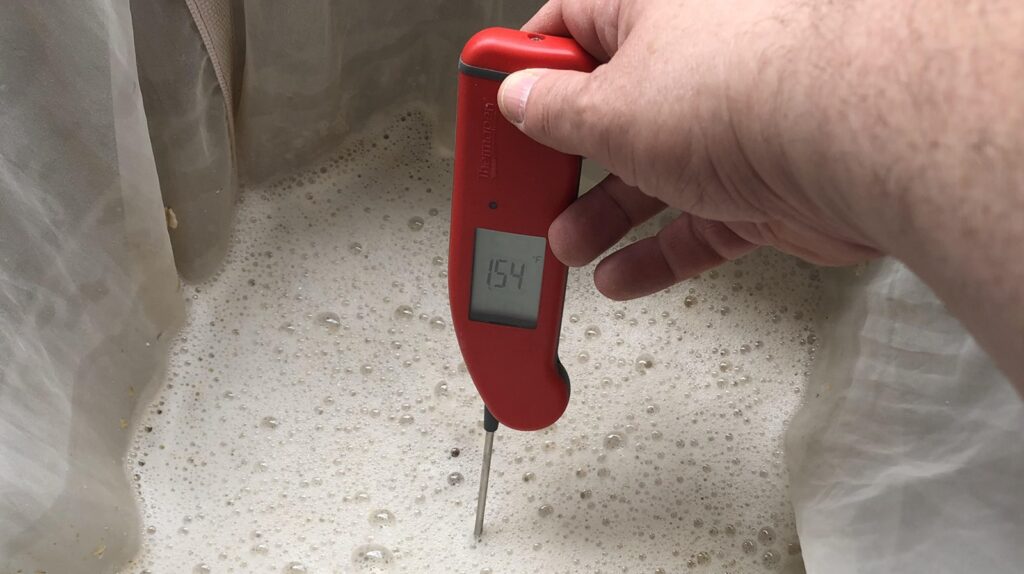
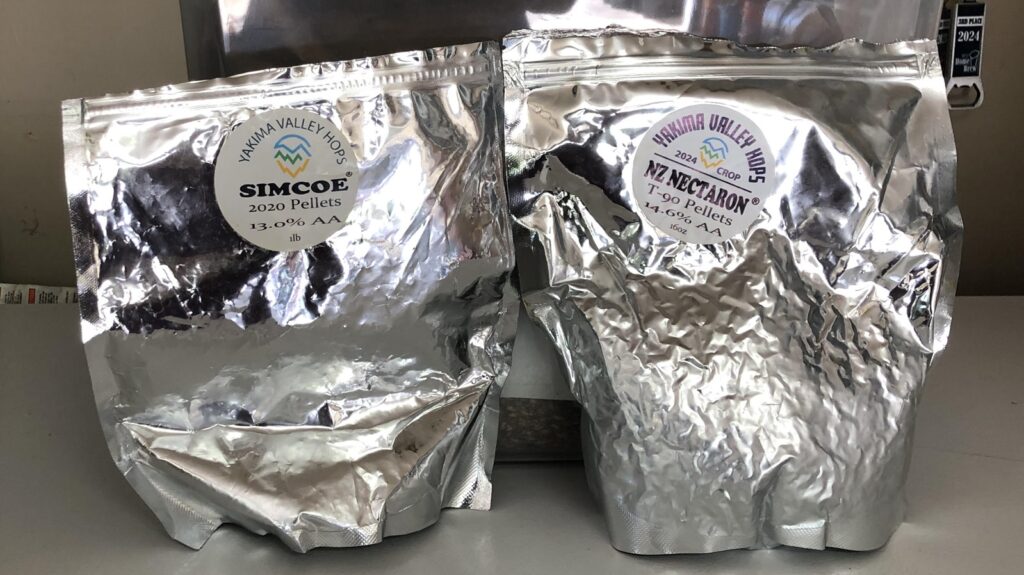






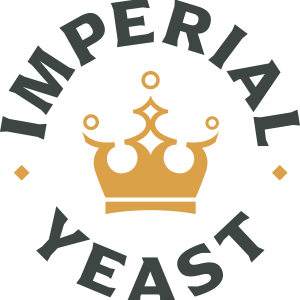

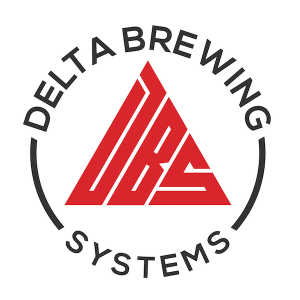


5 thoughts on “exBEERiment | Impact Flaked Oats Have On A Blonde Ale”
The final gravities on both versions looks very high. If they were below 1.010 the difference might be easier to decern.
Flaked oats have never worked as advertised for me. I became convinced a long time ago that the conventional wisdom about them is wrong. It’s another case where what seems correct on paper does not translate to the real world, at least in my home brewery.
Only thing I’ve truly noticed with flaked oats is a longer lasting haze. I don’t seem to notice an effect on flavor or mouthfeel.
Thanks for this. I too have often questioned the benefits of oats, noting that they do tend to kill head retention in my oatmeal stout. Your concluding sentence begs the question, what will you be looking for when you reach for some flaked oats?
I’d be curious to know what percentage of oat needs to be in a beer for it to be noticable. I remeber seeing a video from the Brewdudes where they brewed a smash with, oat, wheat and barley at a 100% rate and even there, they had a hard time to tell them apart. Its looks like as a home brewers the focus really needs to be on yeast over anything else.